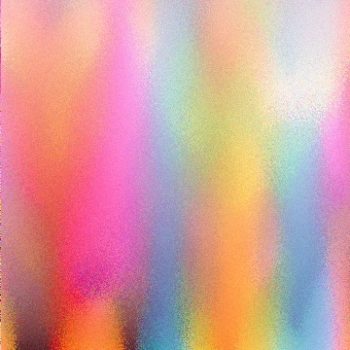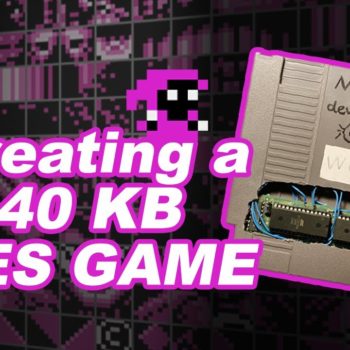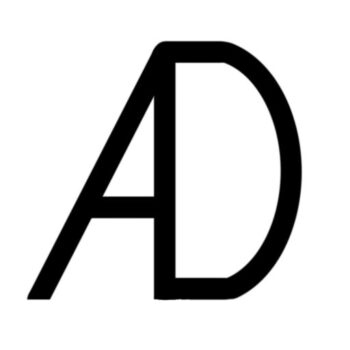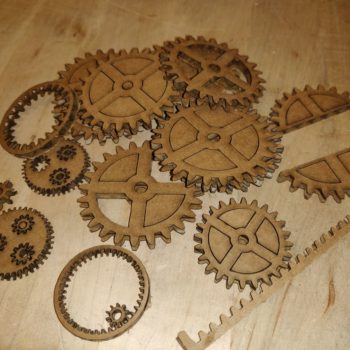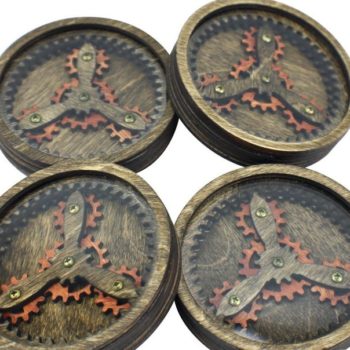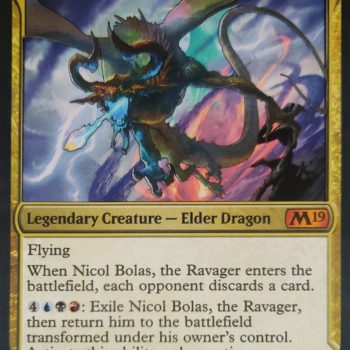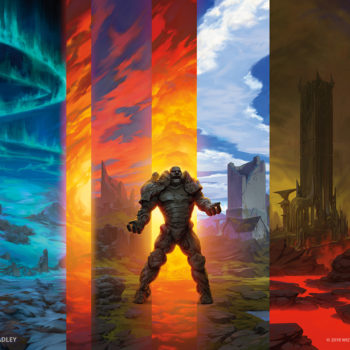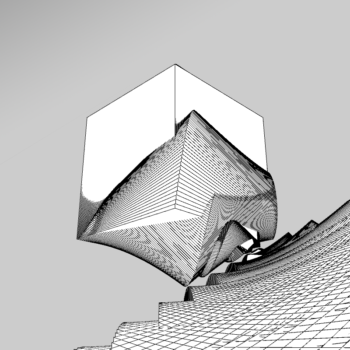Procedural Gradients, How it’s made
1 Comment
In this post I’ll be detailing how the algorithm works and what tweaks I applied to create the different images shown in my presentation. Since I was a little confused on the topics of the final blog posts, most of my schedule stuff got put into last week’s blog post. So the “How” will be…


